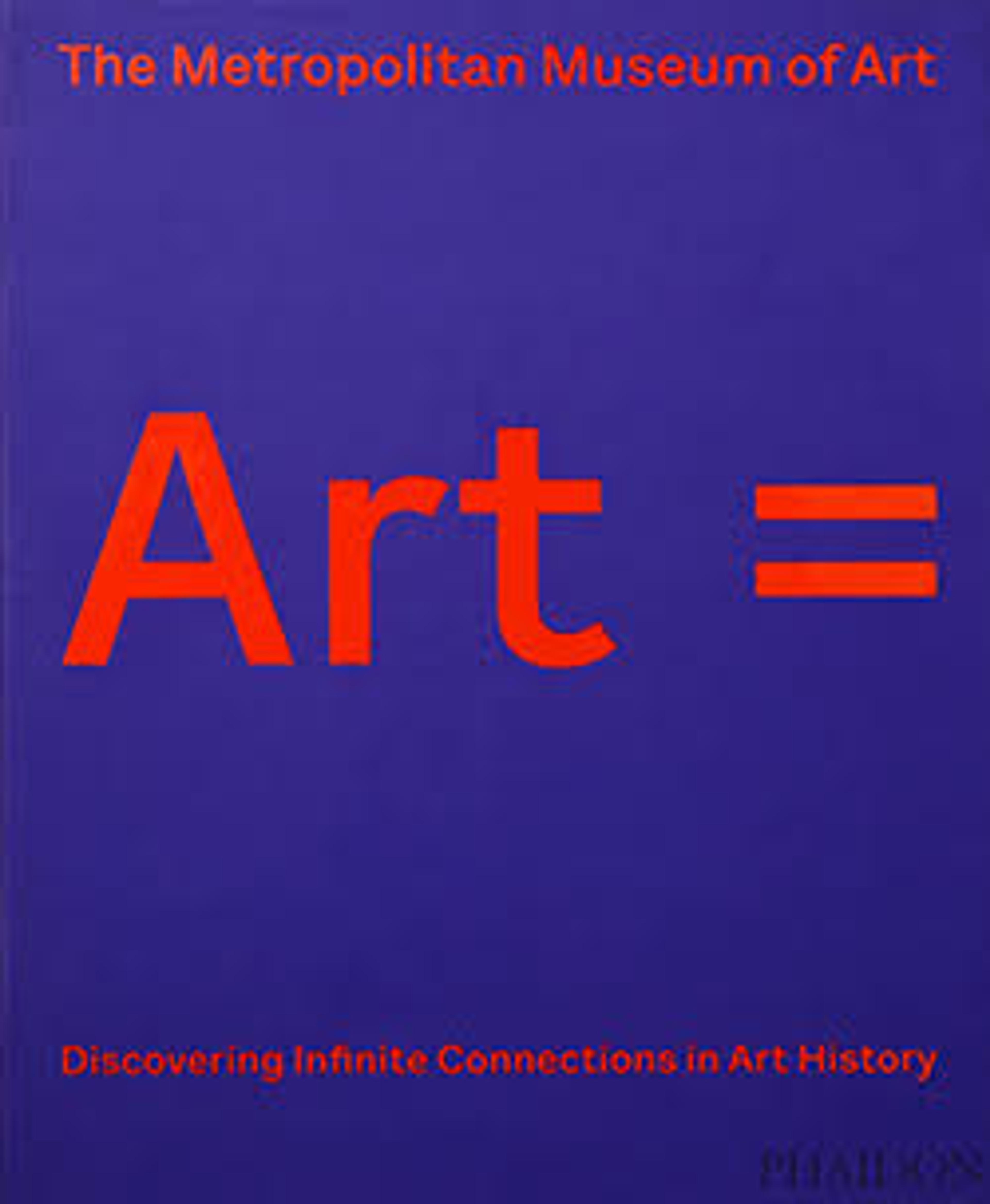English
Figure pendant
Works in gold made by the Tairona people of the Sierra Nevada de Santa Marta in north Colombia emphasize volume and three-dimensional form. The figure shown here is part of a small group called caciques ("chieftains") because of their flamboyant, awe-inspiring appearance. Caciques range from about one to six inches in height and are among the most spectacular and detailed Precolumbian gold castings. They are hollow, having been cast by the lost-wax method in tumbaga to achieve remarkable detail. Loops in back indicate that they were worn as pendants.
There are two types of cacique: one is fully human (shown here); the other is similar but has the head of a bat or crocodile. Both wear enormous headdresses, sometimes as tall as the figures, with two large birds on the front and elaborate sidepieces. The human-headed pendant also has a visor or diadem, a kidney-shaped nose ornament, a labret in the lower lip, disk-headed rods and crescent-shaped dangles through the earlobes, a necklace, a belt, and armbands. The tiny ornaments display minute details and are comparable to full-size examples found in Tairona tombs. Whether a portrait of a ruler, a rendering of a supernatural ancestor, or a depiction of a shaman in the state of symbolic and spiritual transformation (assuming the features of a helping animal spirit), such a powerful image could only have been worn by individuals who were themselves powerful in Tairona society.
There are two types of cacique: one is fully human (shown here); the other is similar but has the head of a bat or crocodile. Both wear enormous headdresses, sometimes as tall as the figures, with two large birds on the front and elaborate sidepieces. The human-headed pendant also has a visor or diadem, a kidney-shaped nose ornament, a labret in the lower lip, disk-headed rods and crescent-shaped dangles through the earlobes, a necklace, a belt, and armbands. The tiny ornaments display minute details and are comparable to full-size examples found in Tairona tombs. Whether a portrait of a ruler, a rendering of a supernatural ancestor, or a depiction of a shaman in the state of symbolic and spiritual transformation (assuming the features of a helping animal spirit), such a powerful image could only have been worn by individuals who were themselves powerful in Tairona society.
Artwork Details
- Title:Figure pendant
- Artist:Tairona artist(s)
- Date:900–1600 CE
- Geography:Colombia
- Culture:Tairona
- Medium:Gold
- Dimensions:H. 5 3/8 × W. 6 5/8 × D. 2 in. (13.7 × 16.8 × 5.1 cm)
- Classification:Metal-Ornaments
- Credit Line:Gift of H. L. Bache Foundation, 1969
- Object Number:69.7.10
- Curatorial Department: The Michael C. Rockefeller Wing
Audio
1619. Figure Pendant
0:00
0:00
We're sorry, the transcript for this audio track is not available at this time. Please email info@metmuseum.org to request a transcript for this track.
More Artwork
Research Resources
The Met provides unparalleled resources for research and welcomes an international community of students and scholars. The Met's Open Access API is where creators and researchers can connect to the The Met collection. Open Access data and public domain images are available for unrestricted commercial and noncommercial use without permission or fee.
To request images under copyright and other restrictions, please use this Image Request form.
Feedback
We continue to research and examine historical and cultural context for objects in The Met collection. If you have comments or questions about this object record, please contact us using the form below. The Museum looks forward to receiving your comments.
